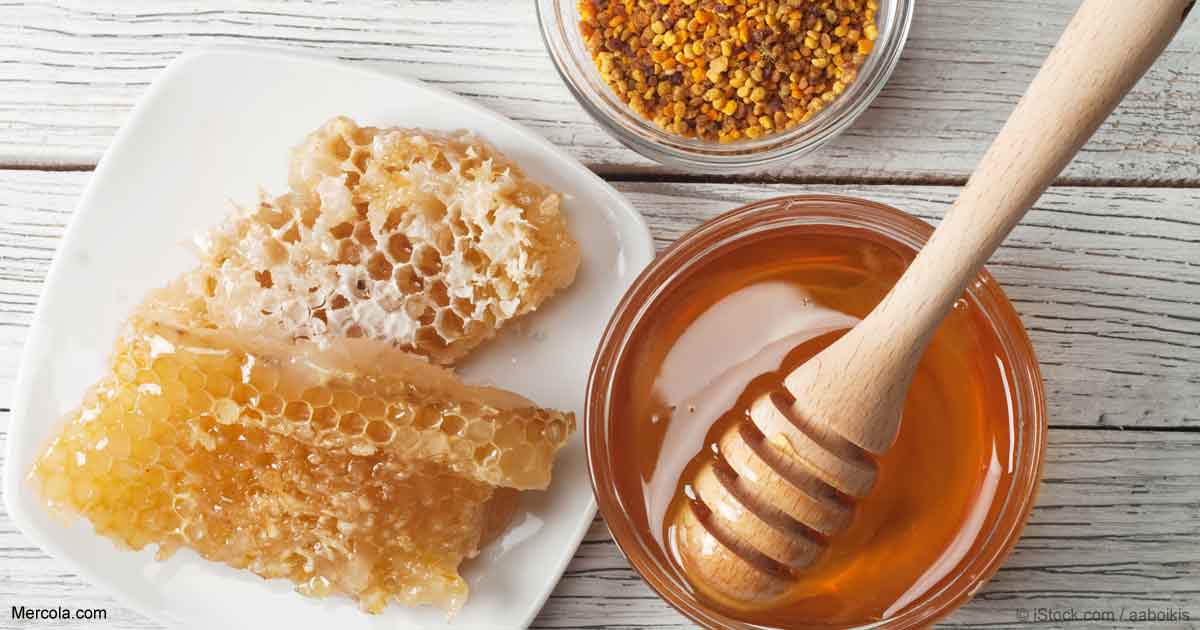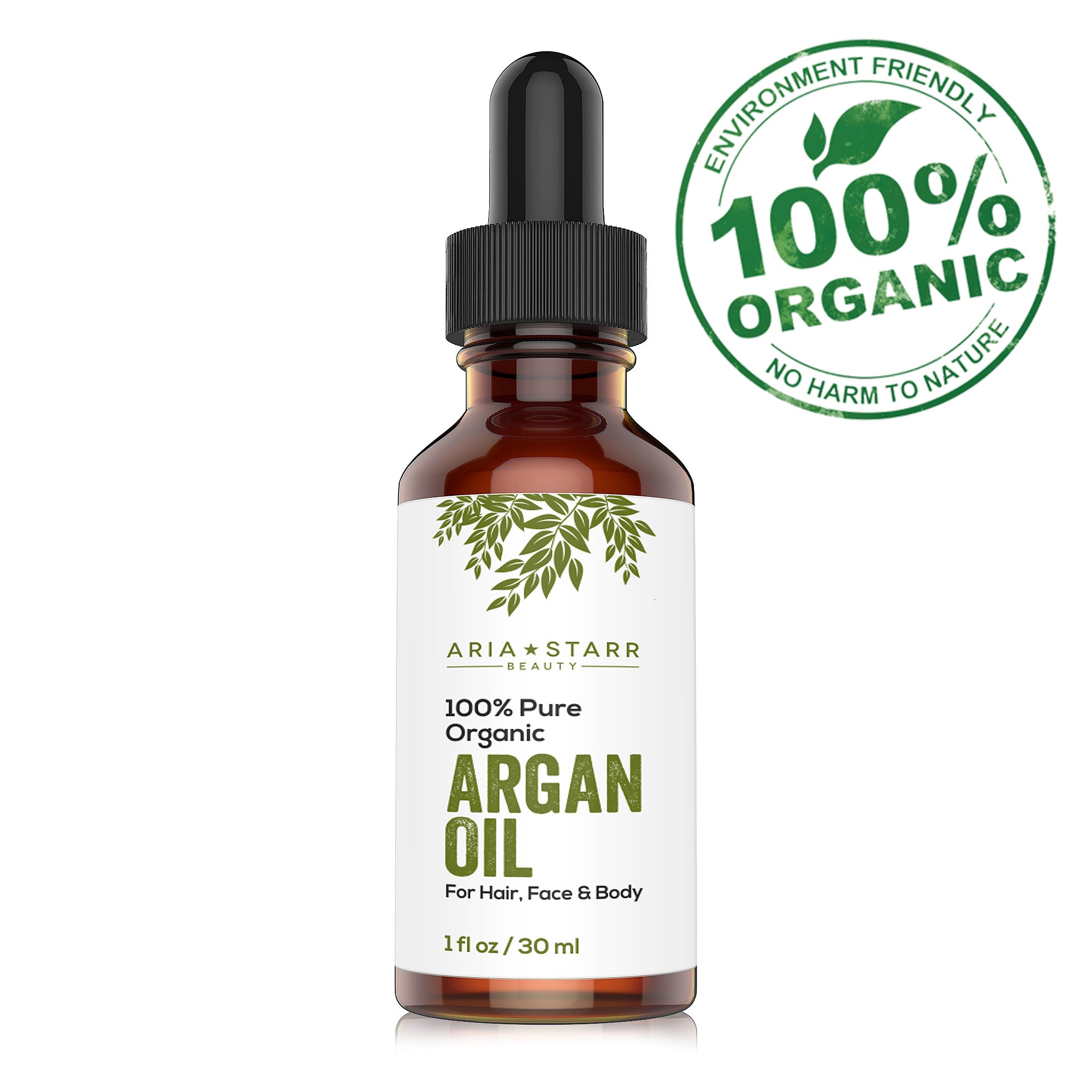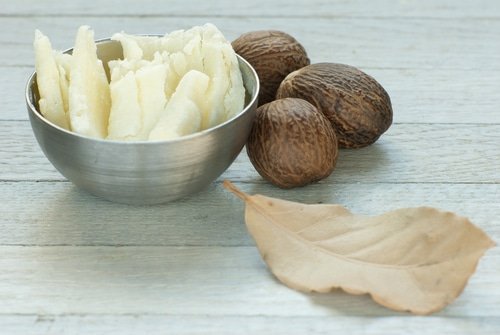6 Reasons Why Your Hair Deserves It;
Coconut oil is a blessing for hair and is extremely effective for all hair types. In fact, this is probably the most effective conditioner ever, and coconut oil helps with damaged hair plus encourages hair regrowth.
Read these 6 tips and make the most of your hair today.
Simple and Natural
There is a desire of any person to look hairy-headed, regardless of sex or hair type they have. However, in this race most of us forget simple and natural things. Instead of buying expensive and dangerous hair care products with harsh chemicals, why not simply use coconut oil for our hair growth?
This is the conclusion of numerous specialists and their researches. Let’s start from coconut oil, which has been respected for centuries in many countries over the globe. Pros are sure that once you find out all coconut oil benefits on hair, you’ll never prefer anything else!
If your interested in trying some for your own hair, you can see the best selection of coconut oils Here:
Coconut Oil: Facts & Only Facts
The natives of coastal and tropical regions of the world can boast of their shiny and thick hair. That’s because they have known all the beneficial properties of coconut oil for thousands of years.
Coconut oil is the first plant oil ever used by mankind. It is derived from the mature fruits of coconut trees. It is thick and white semisolid; therefore, you need to wark it before using on your hair. Generally, it‘s used either externally and internally, for healthy food, ideal skin and other benefits.
6 Reasons to Treat Your Hair with Coconut Oil
- Coconut oil stimulates hair growth getting deep into its follicles.
- Coconut oil promotes the scalp health fighting against such problems as insect bites, lice and dandruff.
- Coconut oil moisturizes dry hair.
- Coconut oil adds luster, shine and softness to the hair.
- Coconut oil prevents hair breakage and split ends, contributing to hair length.
- Coconut oil slows down hair loss.
How to Use It for Your Maximum Results
Coconut oil is to be applied over the scalp and hair. Then you should comb it through the hair, so that to reach every strand. Furthermore, it is strongly advisable to warm the oil before applying, massage it into the scalp, leave it overnight and wash in the morning with shampoo.
Coconut Oil for Hair Growth: Your Gorgeous Glossy Head + Extra Natural Protection
As far as hair is like a tube, hollow from inside, coconut oil completely penetrates this space. As a result, the hair shafts are filled up and given more body. Your hair looks denser and fuller.
Fatigue Prevention
Hair gets damaged by swelling and shrinking of fibers, because of water retention and absorption. Such a ‘hygral fatigue’ is prevented by coconut oil, which protects the hair from possible damage.
Reduces Protein Loss
Do you know that our hair is total protein composition? Thus, protein loss from hair ends up in weak and unhealthy hair. Coconut oil treatment significantly reduces this protein loss from either damaged or undamaged hair. Researchers have discovered that it is the only oil to provide such a reduction.
Conditions from Within
Coconut oil retains moisture, so necessary for well-moisturized and strong hair. This keeps the hair shiny and silky. Coconut oil also conditions the hair from within, protecting it from heat and environment damage.
Anti-bacterial Properties
In addition, coconut oil has antibacterial properties and nutrients, responsible for ideal hair and scalp protection from bacteria/protozoan/viral infections.
More so, women using coconut oil can stop getting gray and keep their dark hair even when old!
Magical Coconut Oil
Well, are you ready to promote luxurious hair growth with magical coconut oil? Join all those people throughout the world, who have already acknowledged its beneficial effects! You’re going to possess your own long and luxurious hair, no matter whether it is male and female. Here it is, your potential ticket to thick and beautiful locks!
:sharpen(1,0,false):quality(100)/product/79/69505/1.jpg?0557)













